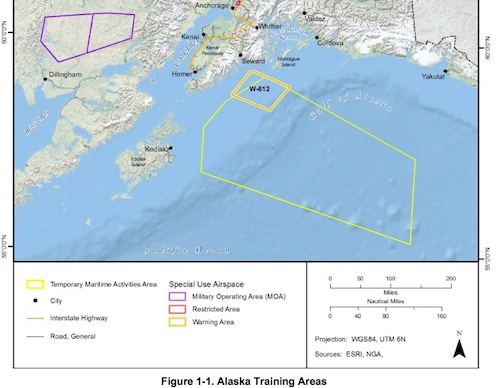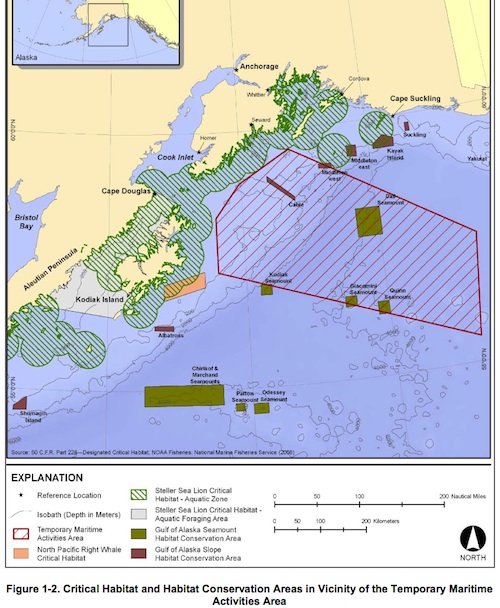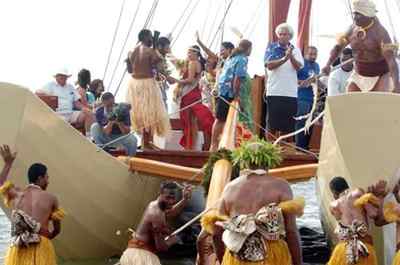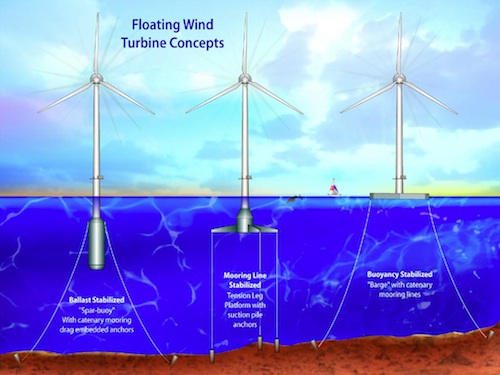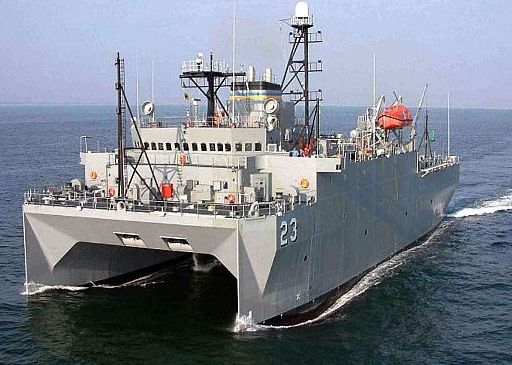(this item first appeared in AEI’s lay summaries of new research)
Wade, Whitehead, Weilgart. Conflict of interest in research on anthropogenic noise and marine mammals: Does funding bias conclusions? Marine Policy 34 (2010) 320-327.
In the United States, the US Navy funds about 70% of the research into the effects of ocean noise on wildlife (and half, worldwide). For many years, conservation groups have questioned whether this preponderance of funding is skewing research results, whether by constraining the types of questions being studied, or by leading researchers to downplay negative impacts of noise in order to continue receiving funding. The authors of this new study report a significant correlation between Navy funding and results reporting “no effect” of noise, based on their analysis of several wide-ranging reviews of ocean noise science, and of the primary research papers cited in these reviews. While the data behind their conclusion is clearly explained, the results don’t look nearly as clear-cut to me; I question the comparability of the five reviews used, and while the trends in primary papers is more obvious, it’s hard to ignore the fact that the majority of military-funded papers still found that noise had effects. Indeed, as the authors make clear, it’s the conservation-funded reviews and primary research that is most clearly one-sided in its results (though there are good reasons for this, also fleshed out by the authors and in AEI’s commentary below). In AEI’s view, studies like this – and indeed, reviews such as those considered here – are diligent exercises in quantifying an issue that has become, for all practical purposes, an exercise in divergent world views and beliefs talking at and past each other.
This post includes more analysis and interpretation by AEI than we generally include in our science summaries; it’s a long read, but the issues that triggered this study are important ones. Though the clear-cut results reported here are difficult to take at face value, it is well worth considering the underlying forces that drive tensions between environmental groups and Navy/industry actions in the seas. While primary research and even literature reviews funded by the military don’t appear overly biased toward finding no effect (since in both cases, they include far more results showing effects than not), it remains that in practical terms, the EIS’s generated by the Navy and the mitigation measures imposed by regulators on both military and oil and gas activities are largely grounded in the belief – and regulatory determination – that any effects of these activities are “negligible,” to use the formal term. Thus the focus of the conservation community on funding research and publishing overviews that emphasize credible studies outlining observed negative effects is understandable.
Of special note is that the authors did not find any strong trend toward bias of results reported by independent, academic researchers receiving Navy funding for research studies – these studies showed a similar proportion of effect and no effect results as studies funded by neither the military nor conservation groups (though when comparing military-funded studies with all the others, including consevation-funded, a non-statisticially significant trend of 1.64 times more “no effect” findings was observed). This should diffuse widespread concerns that cash-strapped academic researchers are “cooking the books” or avoiding publishing negative findings in order to retain Navy funding (though it is perhaps unsurprising to note that few if any key Navy-funded scientists are among the researchers who are willing to speak out publicly to push for stronger regulations on ocean noise). The authors conclude that “much of the bias in military-funded research was in work carried out at military institutions, rather than in studies funded by the military but carried out at universities and other institutions.” Thus, research coming directly out of military offices is likely to remain less reliable as representing “the whole picture,” as may research entirely funded by conservation groups. Still, by integrating and considering the full range of studies reported in all of these reviews, the public can get a pretty decent picture of current state of our understanding of the effects of ocean noise.
Of note, though, is that the proportion of “no effect” to “effect” findings is slightly lower in military-funded studies. In addition, military-funded studies are three times as likely to report BOTH effects and lack of effects in a single paper; this could indicate either a more careful assessment of the margins where effects are just noticeable, or a tendency to split the difference in order to either underplay the effects or accentuate the non-effects to assuage funders.
While ocean noise issues came to public awareness after a series of stranding deaths and lawsuits, the fact is that deaths and injuries caused by noise are very rare. Even the leading environmental activists have shifted their focus, and today nearly all of the controversy over military and oil and gas noise boils down to differing interpretations of how important moderate behavioral changes are, and whether they should be avoided or not. And science is nearly incapable of shedding any definitive light on how important behavioral changes are, thus leaving the two sides largely reliant on their divergent faith: the Navy and oil industry’s faith that the behavioral changes are transient and negligible, and environmentalists’ faith that chronic behavioral disruption by human noise is bound to have negative consequences. Meanwhile, ethical questions about humanity’s relationship to the natural world are outside the bounds of discussion on one side, and central to the whole discussion on the other. This is not as black and white a picture as either side may paint, but it’s where we are.
For AEI’s full summary and discussion of this important new study, dive in below the fold…..
Read the rest of this entry »
